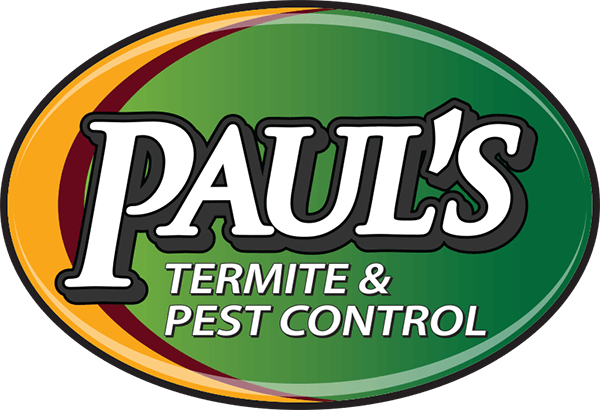Springtime in Jacksonville brings to mind many things: sunshine, warm breezes, new growth, and the start of the outdoor season. But, it also brings with it one of the most destructive pests: termites. Spring is termite swarming season, and to protect your home from these insects, it is best to be informed. Here is everything that you need to know about termites so that you can make the best plan to protect your home from these destructive invaders this spring!
Types of Termites
There are many different species of termites, but they can pretty much be broken down into two distinct groups: subterranean and drywood termites. While both types are known to do serious damage to homes and other wooden structures by eating cellulose found in wood, there are some key differences between the two types.
- Subterranean termites build their nests underground. Because they live in the ground, they travel through the earth to get to various structures that they feed on. The majority of structural damage attributed to termite infestations comes from subterranean termites.
- Drywood termites are different from subterranean termites in that instead of nesting in the ground, they make their homes inside of wooden structures. When these termites infest a wooden structure, they live inside of it and eat the wooden matter from the inside out.
Swarming Season
While termites can be found throughout the year, they are typically most prevalent during swarming season–which is between April and May. During swarming season, termites crop up in larger numbers after the spring thaw when the weather warms up enough for them to resume their activities. During swarming season, you may notice an increase in insect activity in and around your home. In addition, you may see termites swarms popping up by wooden structures around your property. If you see these swarms, you should most definitely start prevention initiatives to protect your home from damage.
Signs of Infestation
Especially following swarming season, there are many signs of termite infestations that can tip you off if these critters are making a meal out of your home or other wooden structures:
- Cracks or holes in wooden structures.
- Mud tubes on the exterior of wooden structures or homes.
- Swarms of insects on or near wooden structures.
If you see any of these signs, you should call in a professional immediately. Most people don’t notice signs of an infestation or actual termites until some of the damage is already done. In order to protect your home from thousands of dollars worth of repair costs, it’s best to keep an eye for these signs.
Prevention Techniques
If there’s one thing termites are good at, it’s finding a way into your home. After all, it’s why they are some of the most successful insects in the United States! To prevent termites from becoming your much-too-close neighbors, try these prevention techniques:
- Keep wood and wood products away from your home. Having wood products like excess building materials, mulch, or firewood is like putting out an all-you-can-eat buffet for termites. Don’t make getting a meal easy for them!
- Remove termite-infested plants. If your first indication of termites was an infested tree, stump, or logs, make sure that the infested material is far away from your home. Otherwise, it can be all too easy for termites to make the jump from the dead tree matter to your home.
- Seal foundation cracks, fix leaky roofs, and repair indoor and outdoor water lines. Termites need moisture to survive, and allowing moisture to enter your home is like opening a highway for the insects to infest. In addition, you should ensure that attics and crawlspaces are well ventilated so moisture doesn’t have a chance to accumulate.
Termite Treatments
If you’ve noticed signs of a termite infestation, or you have confirmed sightings of termites themselves, acting quickly in response is the key to stopping them in their tracks. In general, the two most common and effective methods to get rid of termites are baiting stations and liquid treatments:
- Baiting stations bring termites to the treatment itself by mimicking a food source. Termite baiting works by killing workers in the colony, effectively starving the termite colony and killing the queen. With no food source and no queen, colonies cannot produce more termites, and the infestation is stopped at its source.
- Liquid treatments are used around the site of an infestation to repel and kill existing termites. These treatments are effective in making the area of your home unappealing to termite invaders, keeping them away from your home and other wooden structures.
Need Professional Termite Control?
Treating termites can be complicated, and without the right tools and knowledge, DIY treatments can quickly fail, and damage costs to your home can rack up. With termites and the speed at which they can infest a home, professional assistance is usually necessary. To make sure that termites don’t make a meal of your home, the experts at Paul’s Pest can help protect it in every season. We offer long-term, lasting protection so that your home is protected against future risk. Call us today for termite control if you’re located in the Tallahassee or Jacksonville area!
